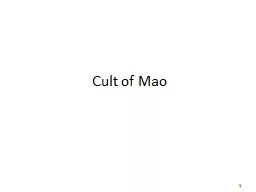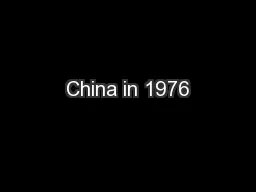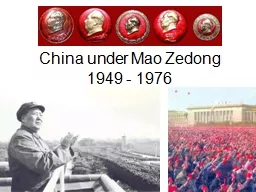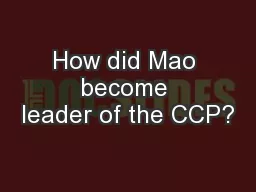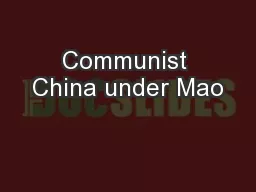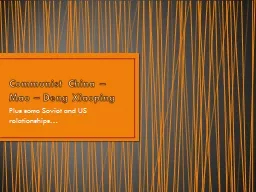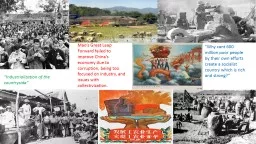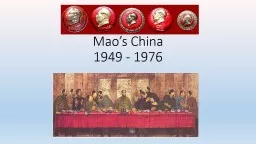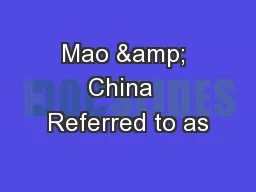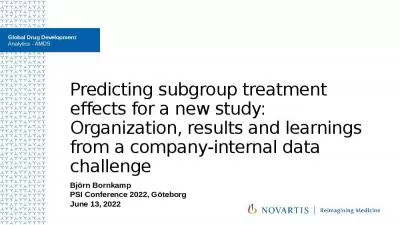PPT-Ganza Tonology Ganza [gza] is a previously undescribed Omotic language of the Mao subgroup
Author : myesha-ticknor | Published Date : 2018-10-31
and noun and verb tone melodies Perhaps the most significant feature highlighted in this paper is the existence of construct melodies a tonal melody that predictably
Presentation Embed Code
Download Presentation
Download Presentation The PPT/PDF document "Ganza Tonology Ganza [gza] is a previous..." is the property of its rightful owner. Permission is granted to download and print the materials on this website for personal, non-commercial use only, and to display it on your personal computer provided you do not modify the materials and that you retain all copyright notices contained in the materials. By downloading content from our website, you accept the terms of this agreement.
Ganza Tonology Ganza [gza] is a previously undescribed Omotic language of the Mao subgroup: Transcript
Download Rules Of Document
"Ganza Tonology Ganza [gza] is a previously undescribed Omotic language of the Mao subgroup"The content belongs to its owner. You may download and print it for personal use, without modification, and keep all copyright notices. By downloading, you agree to these terms.
Related Documents

![PPT-Ganza Tonology Ganza [gza] is a previously undescribed Omotic language of the Mao subgroup](https://thumbs.docslides.com/706826/ganza-tonology-ganza-gza-is-a-previously-undescribed-omotic-language-of-the-mao-subgroup-found-in.jpg)
